Number
NEW: Whole numbers
Use place value to compare and order whole numbers. Practise adding, subtracting, multiplying and dividing whole numbers with quizzes and interactive activities.

NEW: Order of operations and negative numbers
Revise how to add, subtract, multiply and divide negative numbers using the correct order of operations (BIDMAS). This guide contains video and quizzes.

NEW: Decimals
Decimal points separate whole numbers from parts of a number. Practise using decimals with video, quizzes and interactive activities.
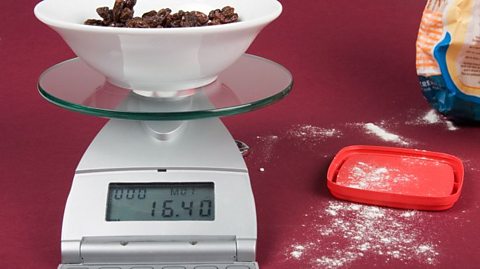
NEW: Converting between fractions, decimals and percentages
Converting between fractions, decimals and percentages is a useful problem-solving skill. Practise writing data in different formats with quizzes and interactive activities.

NEW: Higher – How to convert recurring decimals
A recurring decimal exists when digits repeat forever. Practise understanding dot notation in recurring decimals with a video, quizzes and interactive activities.

NEW: How to round numbers
Round numbers when an exact value is not needed. Practise rounding to decimal places, estimating calculations and truncation with a video, quizzes and interactive activities.

NEW: What is accuracy in maths?
Limits of accuracy give a range of values a rounded number could have. Practise recognising degrees of accuracy and upper and lower bounds with quizzes and a video for Higher.

NEW: What are fractions?
Fractions show parts of a whole. Learn how to simplify and order fractions, and to write mixed numbers and improper fractions, with quizzes and interactive activities.

NEW: How to add, subtract, multiply and divide fractions
Learn how to add, subtract, multiply and divide fractions, as well as how to use a calculator for fractions and finding fractions of amounts, with video and quizzes.
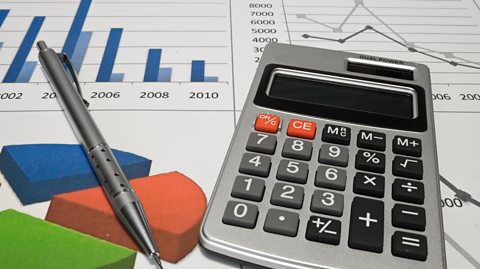
NEW: Multiples and factors
Revise multiples and factors, prime, square and cube numbers, the product of prime factors and powers and roots, with quizzes and interactive activities.

NEW: Highest Common Factor and Lowest Common Multiple
Revise Highest Common Factor and Lowest Common Multiple, HCF and LCM using prime factors, and powers and roots, with quizzes and interactive activities.

NEW: Laws of indices
Index notation involves a base number (or variable) raised to a power. Practise multiplying and dividing indices, and raising a power to a power, with video and quizzes.

NEW: Negative and fractional indices
Indices may be positive or negative integers, or fractional values. Revise working with negative and fractional indices, with video and interactive activities.

NEW: Standard form
Standard form is a way to write very large and very small numbers so they're easier to work with. Practise working with standard form, with quizzes and interactive activities.

NEW: Calculations using standard form
Learn how to add, subtract, multiply and divide standard form with and without a calculator. Practise writing numbers in standard form with quizzes and interactive activities.

Whole numbers - AQA
Numbers can be written in words. Both positive and negative numbers can be added, subtracted, multiplied and divided using rules. These rules must be applied in a specific order.
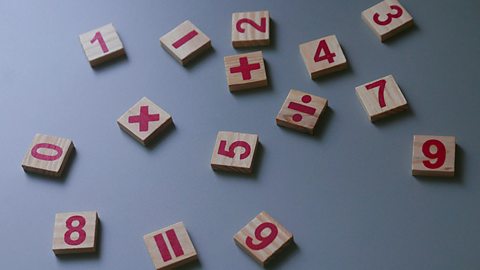
Approximation - AQA
Approximation includes estimation, rounding to powers of 10, decimal places and significant figures.

Decimals - AQA
Decimals are used every day, for example, when using money. Knowing how to use decimal points and places when adding, subtracting, dividing and multiplying is an important mathematical skill.

Multiples and factors - AQA
Prime numbers, factors and multiples are essential building blocks for a lot of number work. Knowledge of how to use these numbers will improve arithmetic and make calculations more efficient.
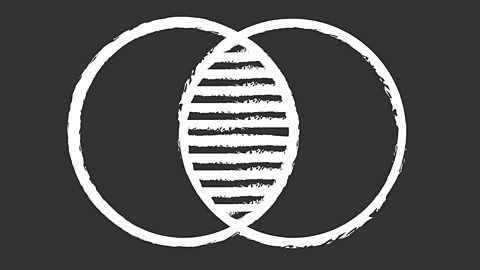
Laws of indices - AQA
Laws of indices give rules for simplifying calculations or expressions involving powers of the same base.

Converting between fractions, decimals and percentages - AQA
Fractions, decimals and percentages are frequently used in everyday life. Knowing how to convert between them improves general number work and problem solving skills.
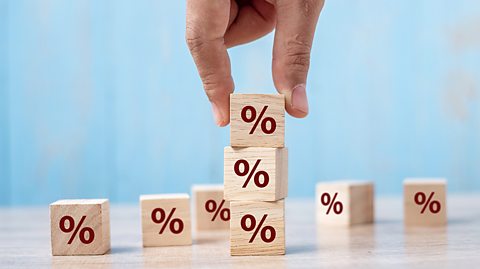
Fractions - AQA
Fractions are used commonly in everyday life, eg sale prices at 1/3 off, or recipes using 1/2 a tablespoon of an ingredient. Knowing how to use fractions is an important mathematical skill.
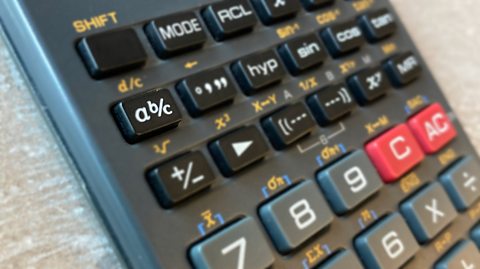
Standard form - AQA
Calculations with very big or small numbers can be made easier by converting numbers in and out of standard form.
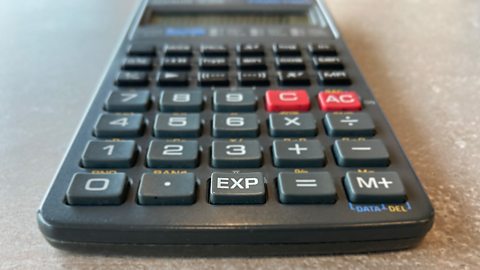
Surds - AQA
Surds are numbers left in square root form that are used when detailed accuracy is required in a calculation. They are numbers which, when written in decimal form, would go on forever.

Financial mathematics - AQA
Financial maths is needed for all jobs, from calculating wages to working out profit, loss and VAT. Knowledge of financial maths is also required to be able to understand bank statements and savings.

Links
- External linkExternal link
- SubscriptionSubscription
- External linkExternal link
- External linkExternal link
- External linkExternal link